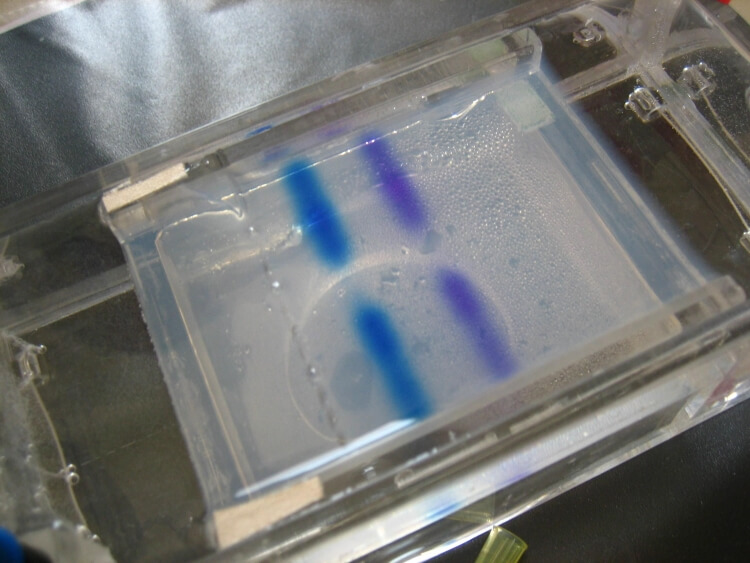rat
ELISA kit for Gonadotropin-releasing hormone receptor,GnRHR
ELISA kit for Gonadotropin-releasing hormone receptor,GnRHR
Gonadotropin-releasing hormone receptor,GnRHR
Rat Gonadotropin-releasing hormone receptor,GnRHR ELISA Kit
ELISA Enzyme-linked immunosorbent assays Code 90320007 SNOMED
The product is intended to be used for research purposes only and it is not tested for appliaction in diagnostics.
E05 478 566 350 170 or Enzyme-Linked Immunosorbent Assays,E05 478 566 350 170 or Enzyme-Linked Immunosorbent Assays
After delivery, the specialists from Gentaur/Genprice recommend you to store the product Rat Gonadotropin-releasing hormone receptor,GnRHR ELISA Kit between two and eight degrees Celsius to keep the quality and activity of the reagents included in the kit.
Hormone releasing factors and releasing hormones are signaling molecules produced by glands in multicellular organisms. The glands that secrete Luteinizing hormones LHRG and LH, FSH comprise the endocrine signaling system. The term growth hormone releasing hormone GHRH is sometimes extended to include chemicals produced by cells that affect the same cell (autocrine or intracrine signaling) or nearby cells (paracrine signaling). Human recombinant LHRG and GHRH are produced in E. coli or in yeast cells.The receptors are ligand binding factors of type 1, 2 or 3 and protein-molecules that receive chemical-signals from outside a cell. When such chemical-signals couple or bind to a receptor, they cause some form of cellular/tissue-response, e.g. a change in the electrical-activity of a cell. In this sense, am olfactory receptor is a protein-molecule that recognizes and responds to endogenous-chemical signals, chemokinesor cytokines e.g. an acetylcholine-receptor recognizes and responds to its endogenous-ligand, acetylcholine. However, sometimes in pharmacology, the term is also used to include other proteins that are drug-targets, such as enzymes, transporters and ion-channels.
